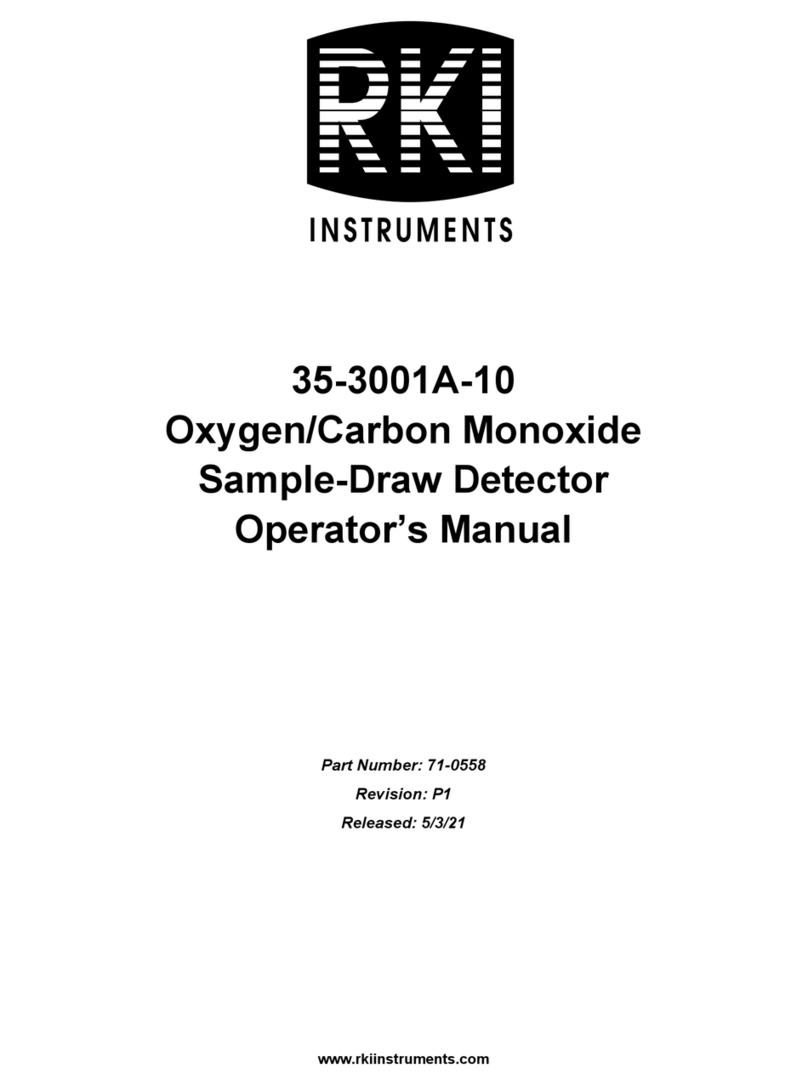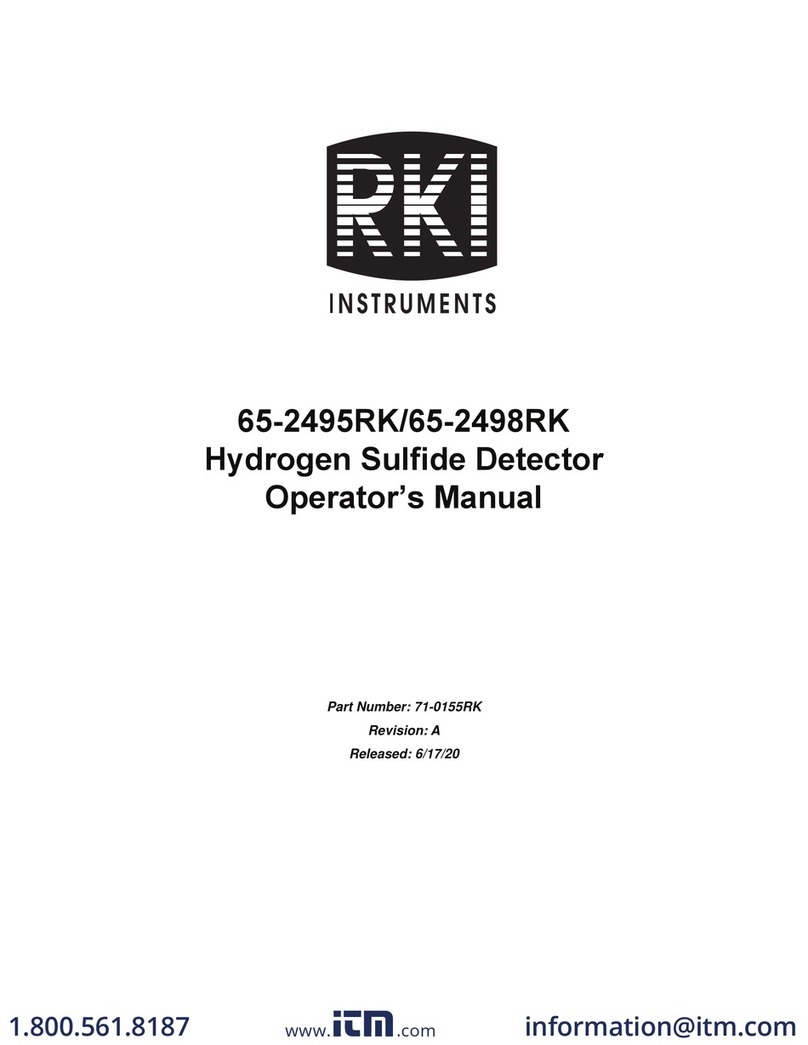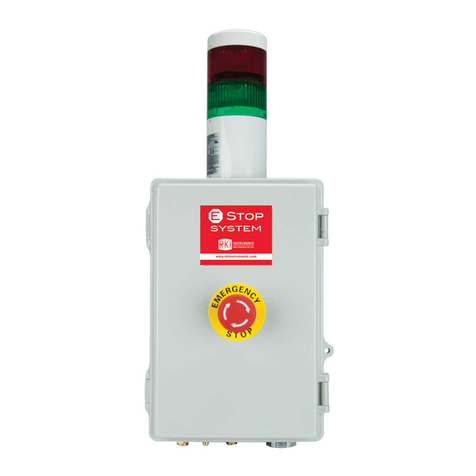RKI Instruments 65-2494RK User manual
Other RKI Instruments Security Sensor manuals
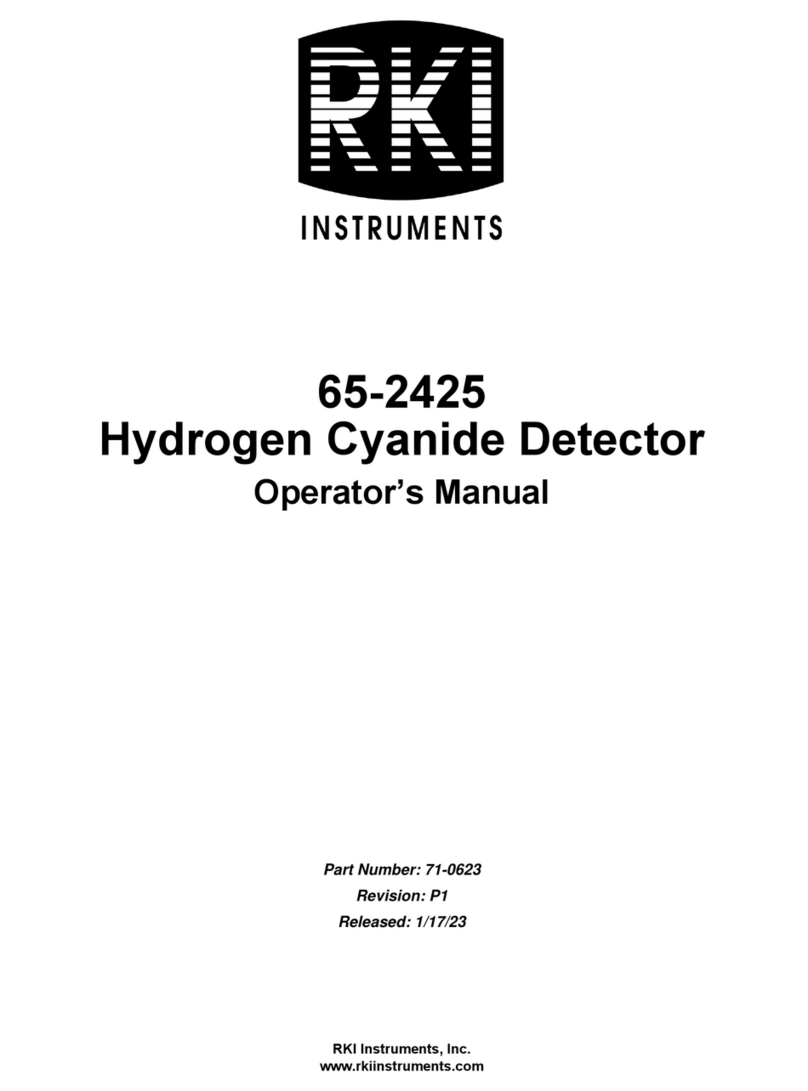
RKI Instruments
RKI Instruments 65-2425 User manual

RKI Instruments
RKI Instruments 35-3001-05 Series User manual
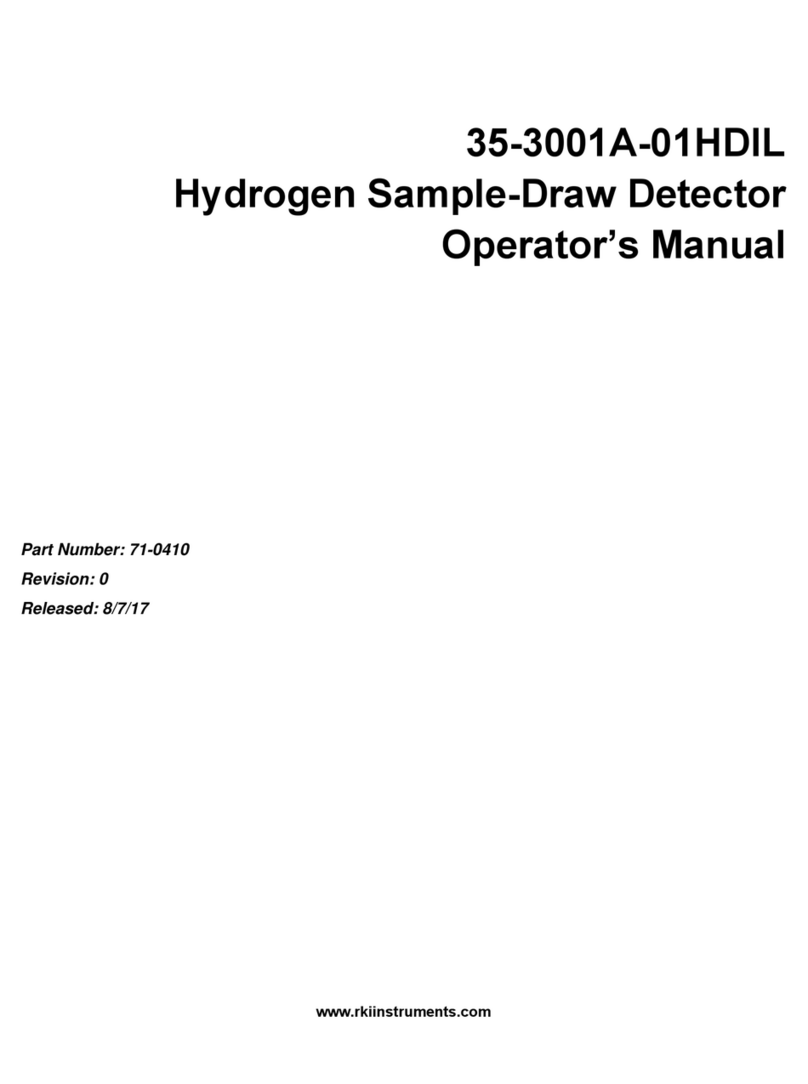
RKI Instruments
RKI Instruments 35-3001A-01HDIL User manual
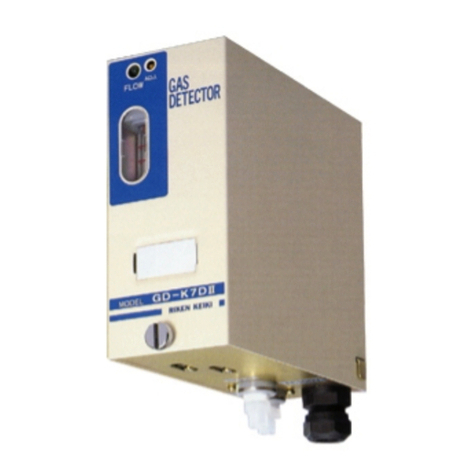
RKI Instruments
RKI Instruments GD-K7D2 User manual
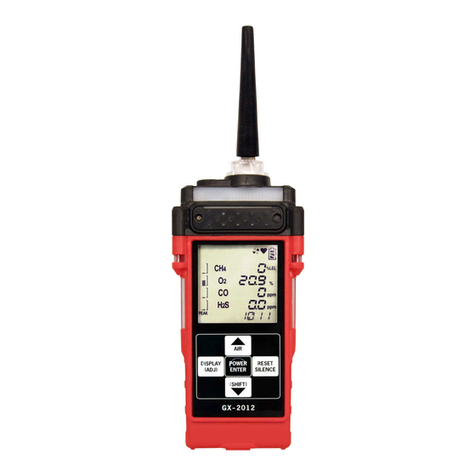
RKI Instruments
RKI Instruments GX-2012 User manual
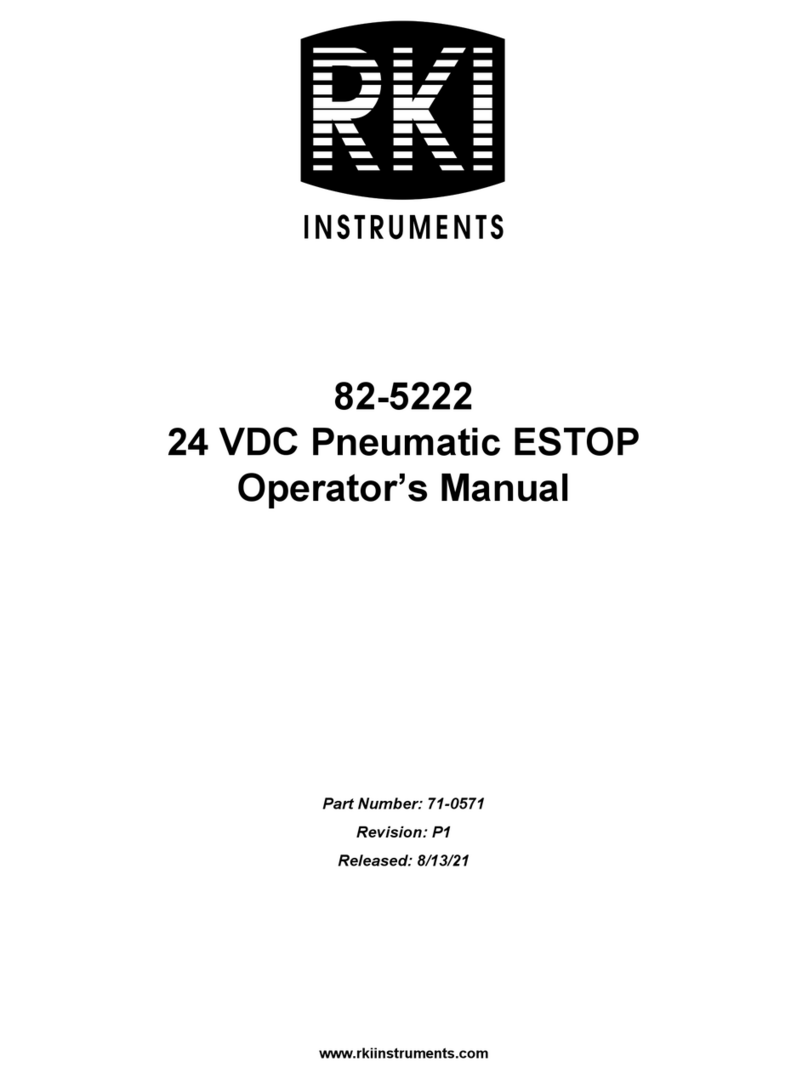
RKI Instruments
RKI Instruments 82-5222 User manual

RKI Instruments
RKI Instruments 35-3001A-07 User manual
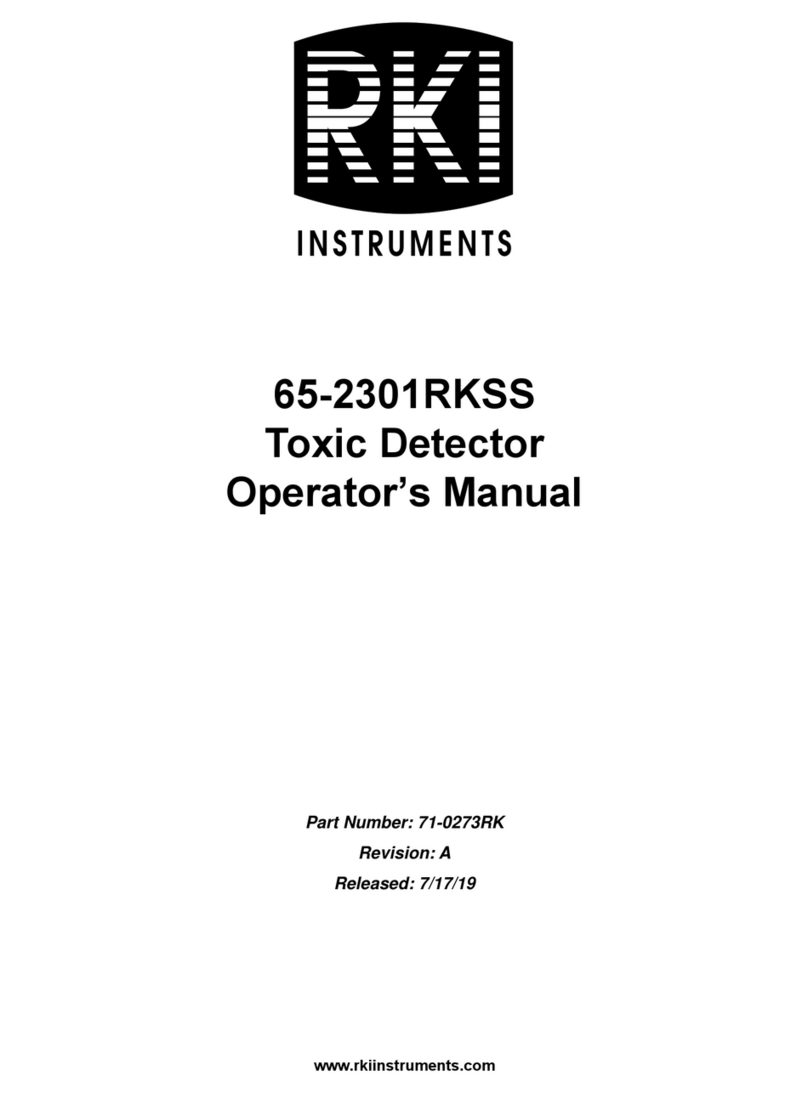
RKI Instruments
RKI Instruments 65-2301RKSS Series User manual
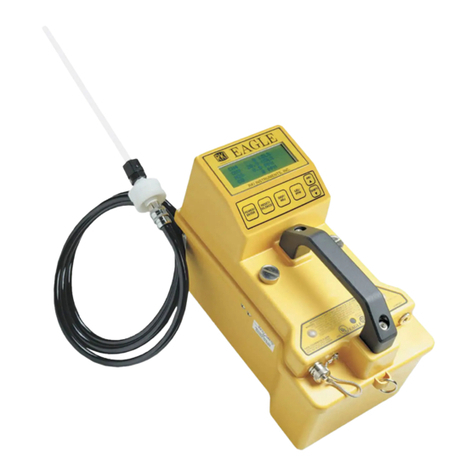
RKI Instruments
RKI Instruments Eagle Series User manual

RKI Instruments
RKI Instruments 35-3001A-01-02 User manual

RKI Instruments
RKI Instruments 71-0288RK User manual

RKI Instruments
RKI Instruments 35-3001A-01-01 User manual
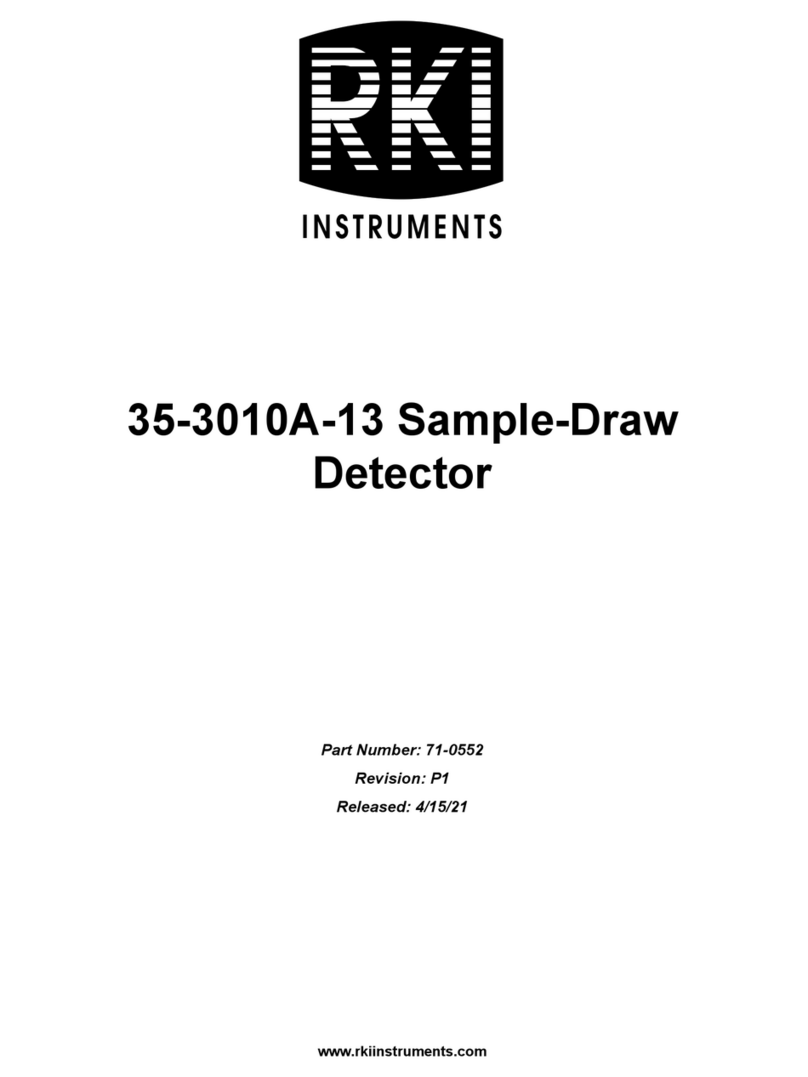
RKI Instruments
RKI Instruments 35-3010A-13 User manual
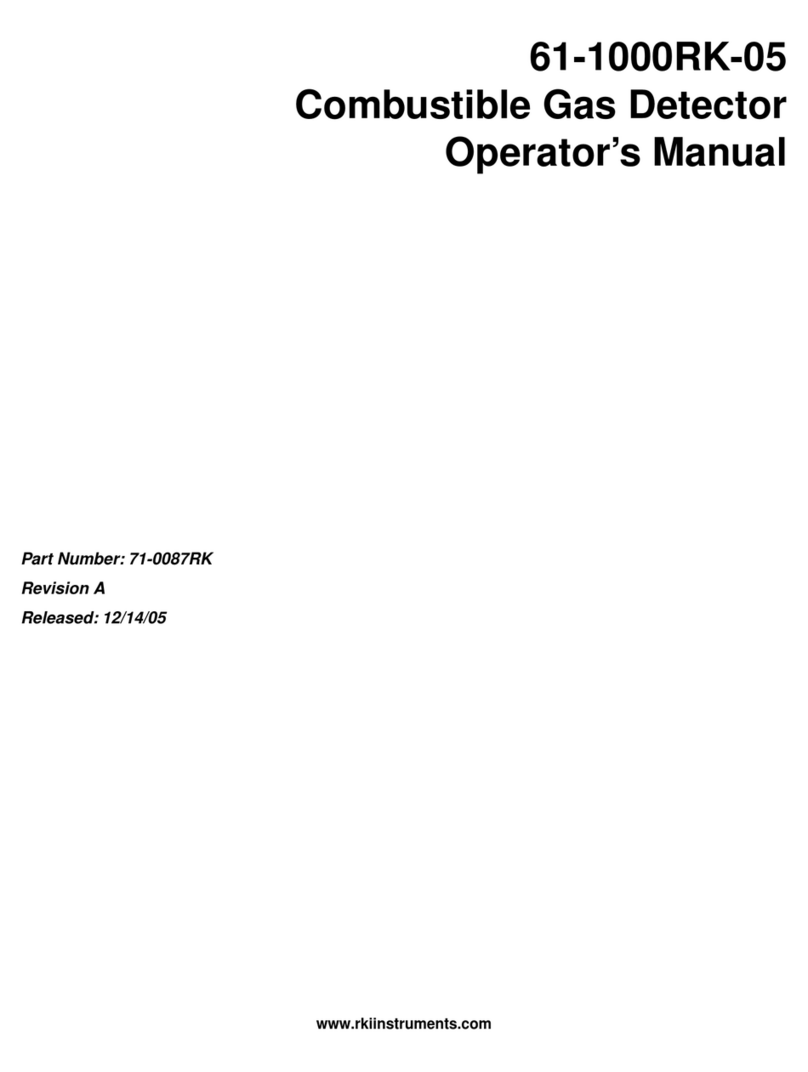
RKI Instruments
RKI Instruments 61-1000RK-05 User manual

RKI Instruments
RKI Instruments 35-3010A-11 User manual
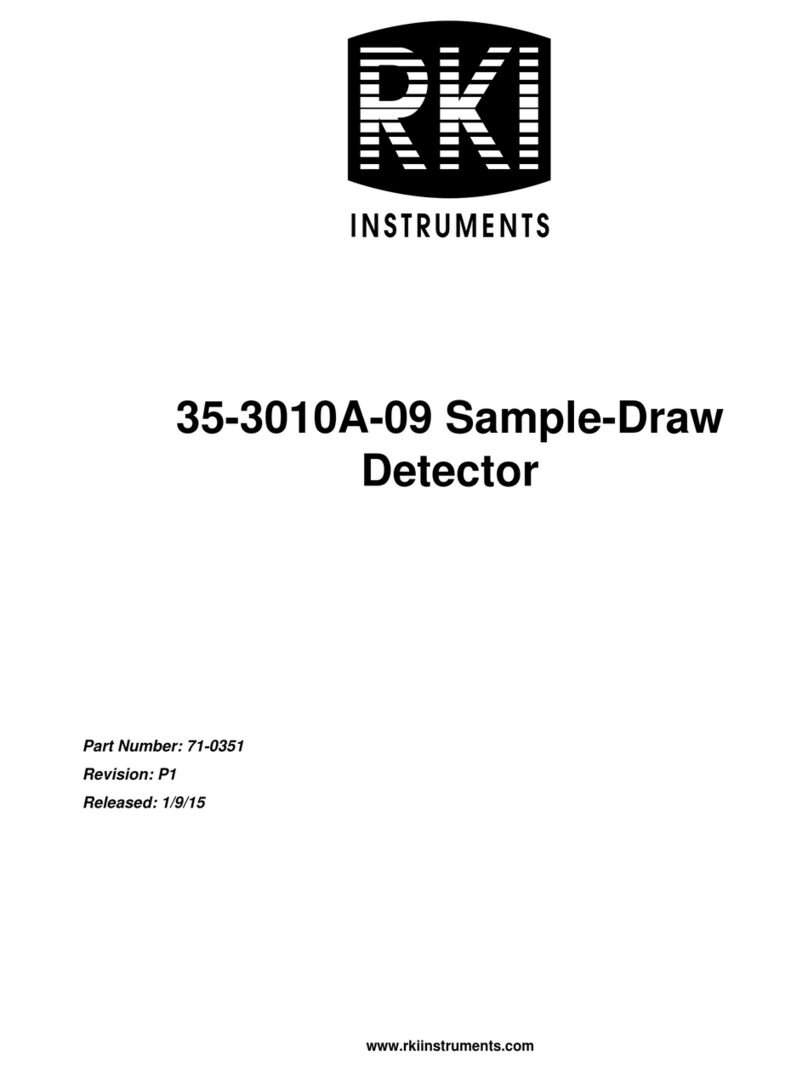
RKI Instruments
RKI Instruments 35-3010A-09 User manual
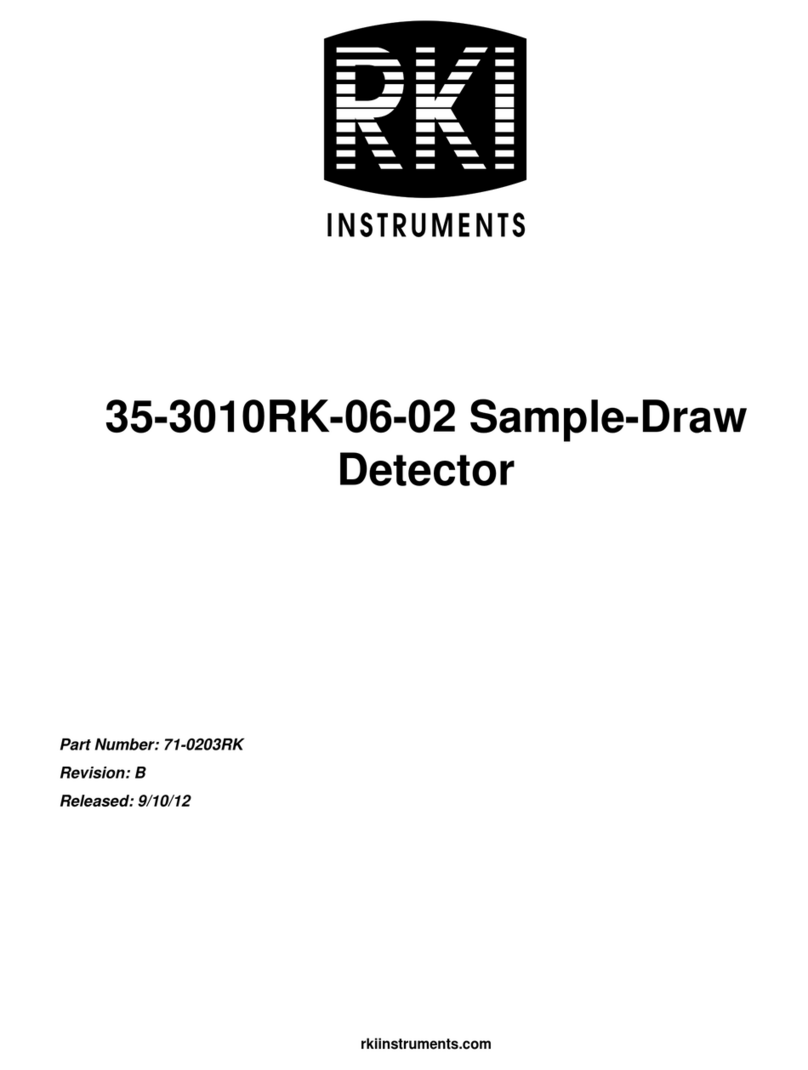
RKI Instruments
RKI Instruments 35-3010RK-06-02 User manual
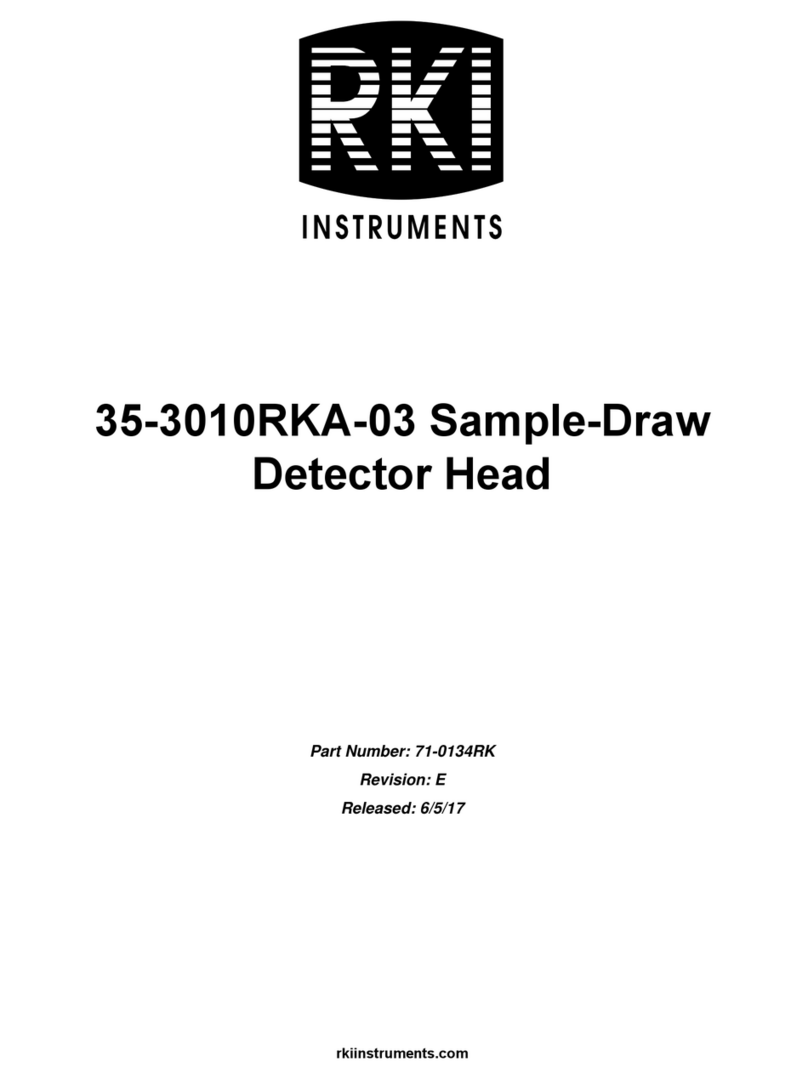
RKI Instruments
RKI Instruments 35-3010RKA-03 User manual
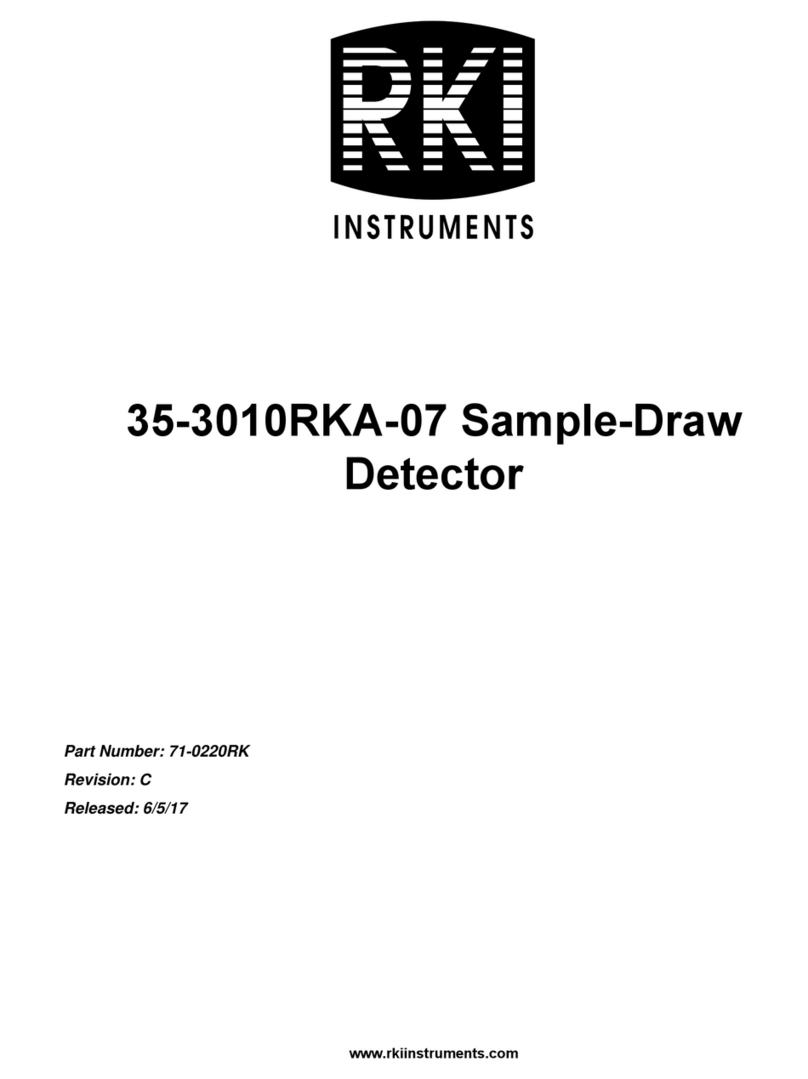
RKI Instruments
RKI Instruments 35-3010RKA-07 User manual

RKI Instruments
RKI Instruments 35-3001A-07-03 User manual
Popular Security Sensor manuals by other brands

Shinko
Shinko SE2EA-1-0-0 instruction manual

Det-Tronics
Det-Tronics X Series instructions

ACR Electronics
ACR Electronics COBHAM RCL-300A Product support manual

TOOLCRAFT
TOOLCRAFT 1712612 operating instructions

Elkron
Elkron IM600 Installation, programming and functions manual

Bosch
Bosch WEU PDO 6 Original instructions
